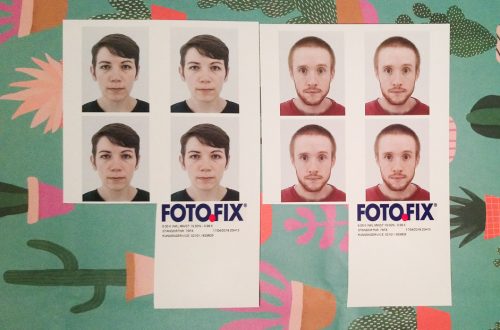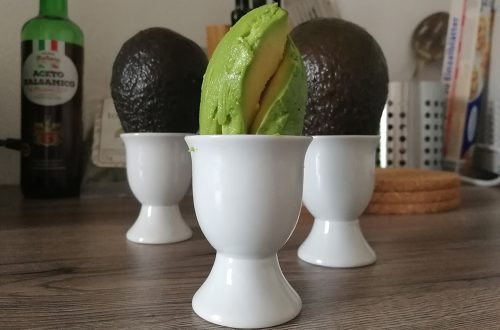I’ve said it before and I’ll say it again: Poland should be on your European itinerary. When I backpacked around Europe six years ago, Krakow was one of my favorite stops. I met awesome people there, learned a lot about the city’s history, and ate so many delicious pierogi.

Why Poland?
The thing that drew me to Poland in the first place was my mother’s family. If we talk ancestry in terms of percentages, I’m mostly English, but if we talk in terms of cultural heritage, I feel most connected to my Polish roots. I called my maternal grandparents, “bopshe” and “jaju” (Americanizations of the Polish babcia and dziadzio), we ate kielbasa and pierogi at holiday gatherings, and we always toasted, “Na zdrowie.” These are fairly superficial things, but they meant a lot to me and gave me quite the affinity for Poland.
Conveniently, Berlin is located just an hour west of the Polish border. So, when my mom came to visit back in December, I really wanted to take her to the motherland. She’d been to Europe before, but never Poland. And while my relationship with my Polish heritage might be greater than the sum of its parts, my mom’s connection to her roots is more substantial.
We planned to go to Warsaw because I’d already been to Krakow and my mom wanted to go somewhere new with me. But when we mentioned this to one of E’s coworkers who is from Poland, he told us that was a terrible plan. According to him, Warsaw is ugly and not worth visiting compared to Krakow, which is Poland’s cultural capital. Instead, he recommended Wrocław.
Where? You might be asking yourself. It’s possible you’ve heard of this city by its German name, Breslau. But it might also just be new to you and that’s fine, too!
Meet Wrocław
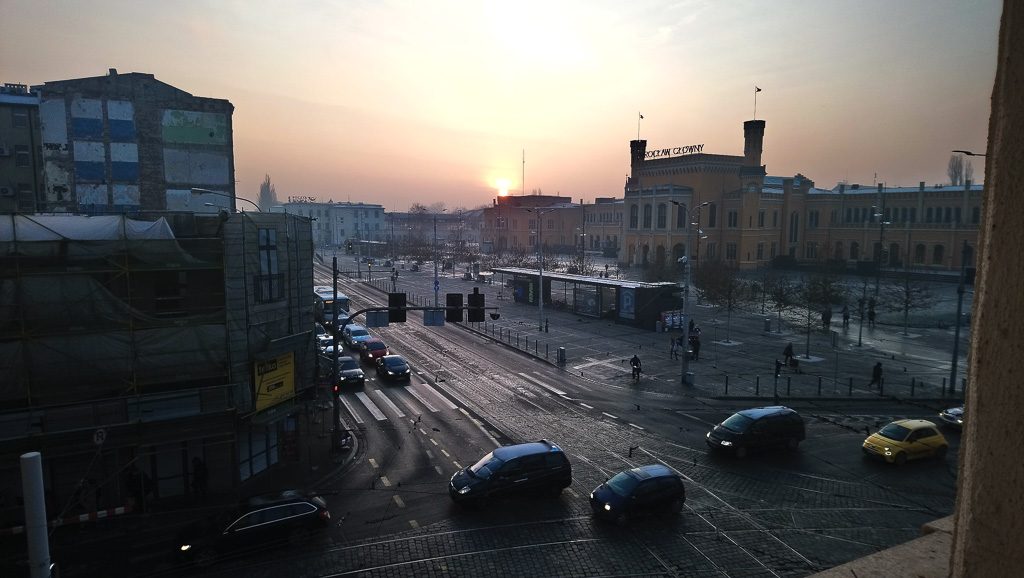
To start, my mom and I had to figure out how to say the name of the city we were visiting. This probably goes without saying, but Polish pronunciation is pretty different from English. My impulse is to say, “Raw-claw,” but that’s… very wrong. The Polish “W” is pronounced like a English “V” while that “L” with a little line through it (ł) is pronounced like a “W.” The Polish “C” is pronounced more like “ts” in English. (Can you tell I’m a language/linguistics nerd?)
All of this means that for a native English speaker, the phonetic pronunciation of Wrocław would be something like, “Vrote-swaf.” E came up with a convoluted way to remember it, which did actually help me. He said it’s like the words “vote” and “waft” pushed together. But add an “r” after the “v” in vote and trail off when you’re saying waft so that you drop the final “t.” I told you it was convoluted.
Okay, now that we can all say it (you did try saying it out loud, didn’t you?), why did E’s coworker recommend Wrocław?
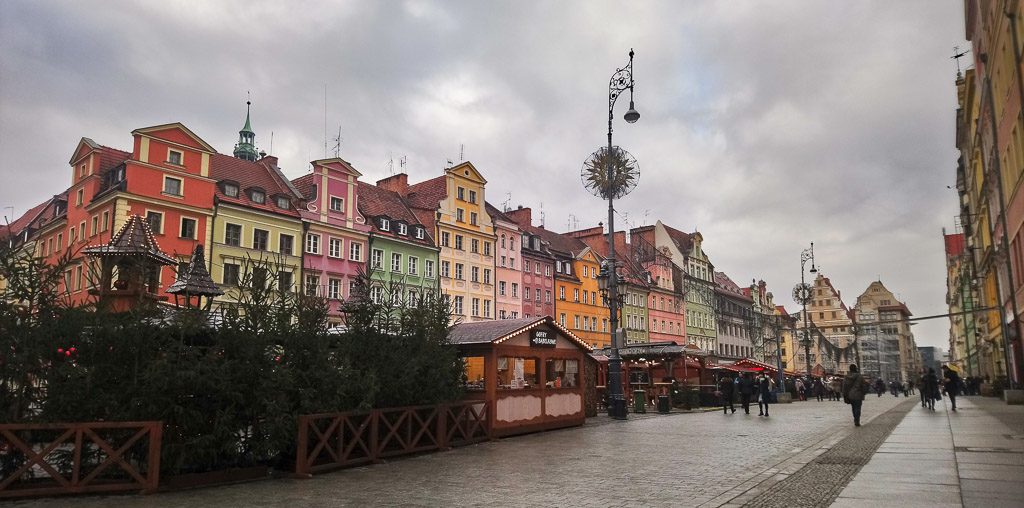
Because it’s so dang pretty, of course! My mom and I were there during the grayest part of December. The trees were bare and everything could have easily looked drab, but the old city architecture dazzled and the Oder River was photogenic and the Polish word for bridge is “most,” which I found endlessly entertaining.
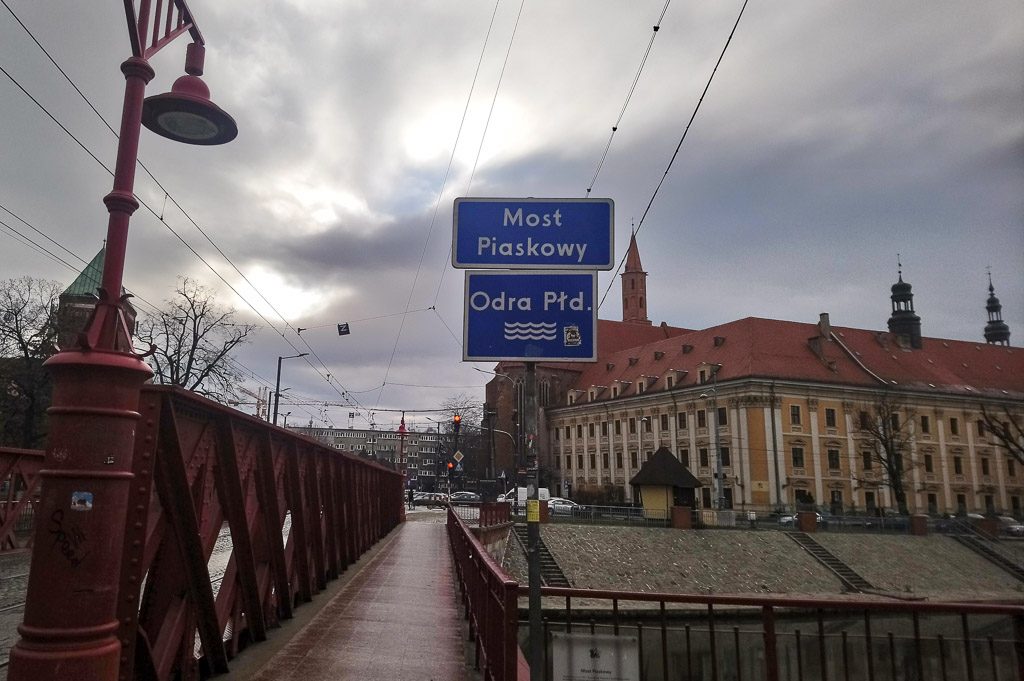
Wrocław actually has a lot going for it — it’s Poland’s 4th largest city, a university town, and its tumultuous history means the city has Polish, German, Czech, and Austrian influences. Wrocław is in a region where the borders were constantly being redrawn.
My mom and I were only there for about a day and a half, which gave us time to wander the old part of the city, visit the Christmas market, and eat pierogi for both lunch and dinner in the same day. I saw just enough of Wrocław that I want to go back for more.
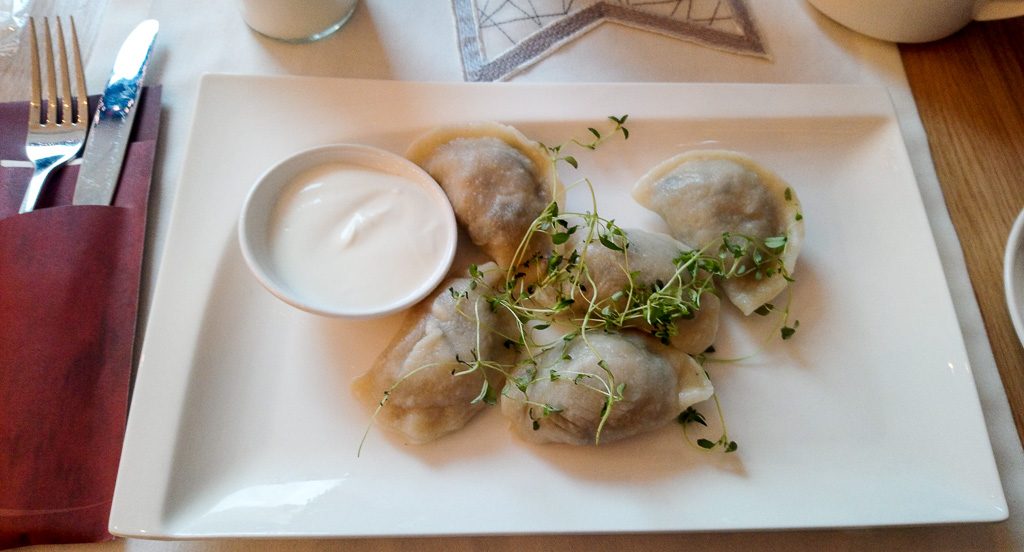
If nothing else, I want to find more of the city’s dwarves.
You read that right.
Meet Wrocław’s Dwarves
There are over 300 statues of dwarves, usually around 2 feet tall, doing a variety of activities throughout the city. Seriously, this is the cutest thing about this very cute city! There are tourist maps, a smartphone app, and an entire website dedicated to helping you find these statues.
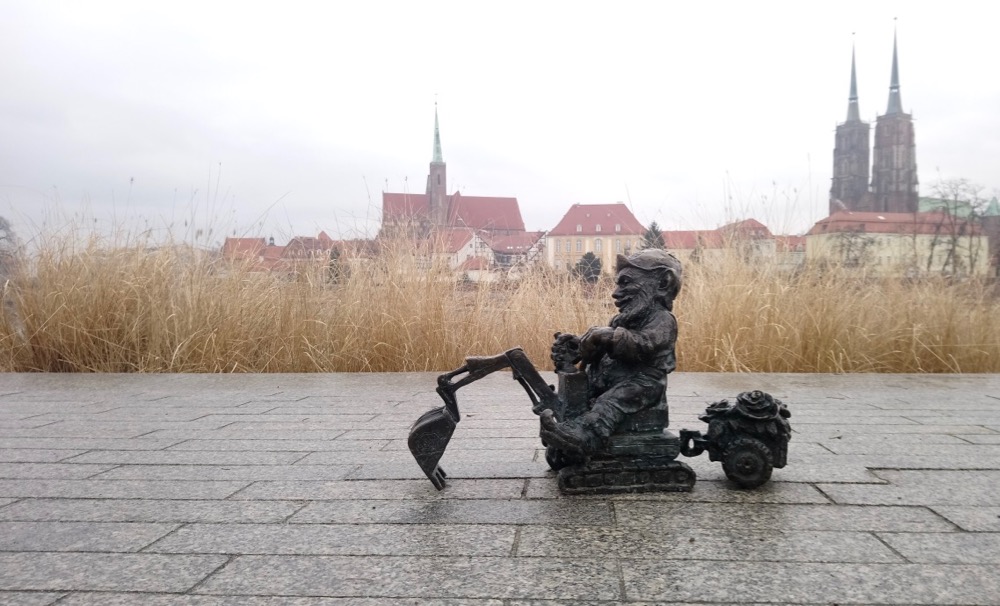
It’s cute and kitschy, but before you dismiss it as purely a tourist attraction, you should hear their odd origin story.
The first dwarf statue was erected in 2001 to honor the Orange Alternative, a Polish anti-communist movement active in the 1980s. The group resisted the Communist regime through peaceful protest and absurdity. Their symbol was a dwarf and their earliest actions involved spray painting graffiti of dwarves throughout the city. But they also organized demonstrations, usually with a surreal element like everyone wearing pointy orange hats while they march through the streets of Wrocław. The idea was that the authorities would look foolish asking activists questions like, “why did you participate in an illegal meeting of dwarves?”
Especially noteworthy is the fact that the city government commissioned a statue in honor of an anti-authoritarian group in the first place. So, while the hundreds of subsequent dwarf statues are mostly for tourists, their origins are subversive and counter-cultural.
Dziękuję Wrocław! (Thank you, Wrocław!)

When we checked out of our hotel, my mom started the conversation by saying, “dziękuję,” which means “thank you.” The hotel clerk replied with several sentences of Polish while we looked at her dumbfounded.
“English?” my mom asked.
“Oh, I’m sorry,” the hotel clerk said in English. “Your accent was so good.”
I told you my mom was more Polish than me. Even if you’re not visiting to chase after your cultural heritage, I can’t recommend Poland enough.



